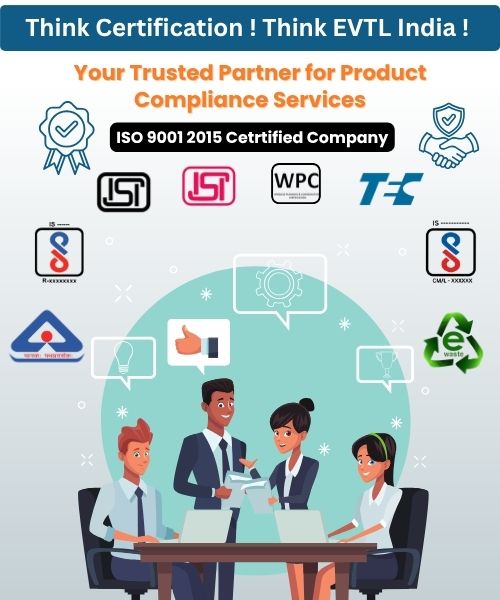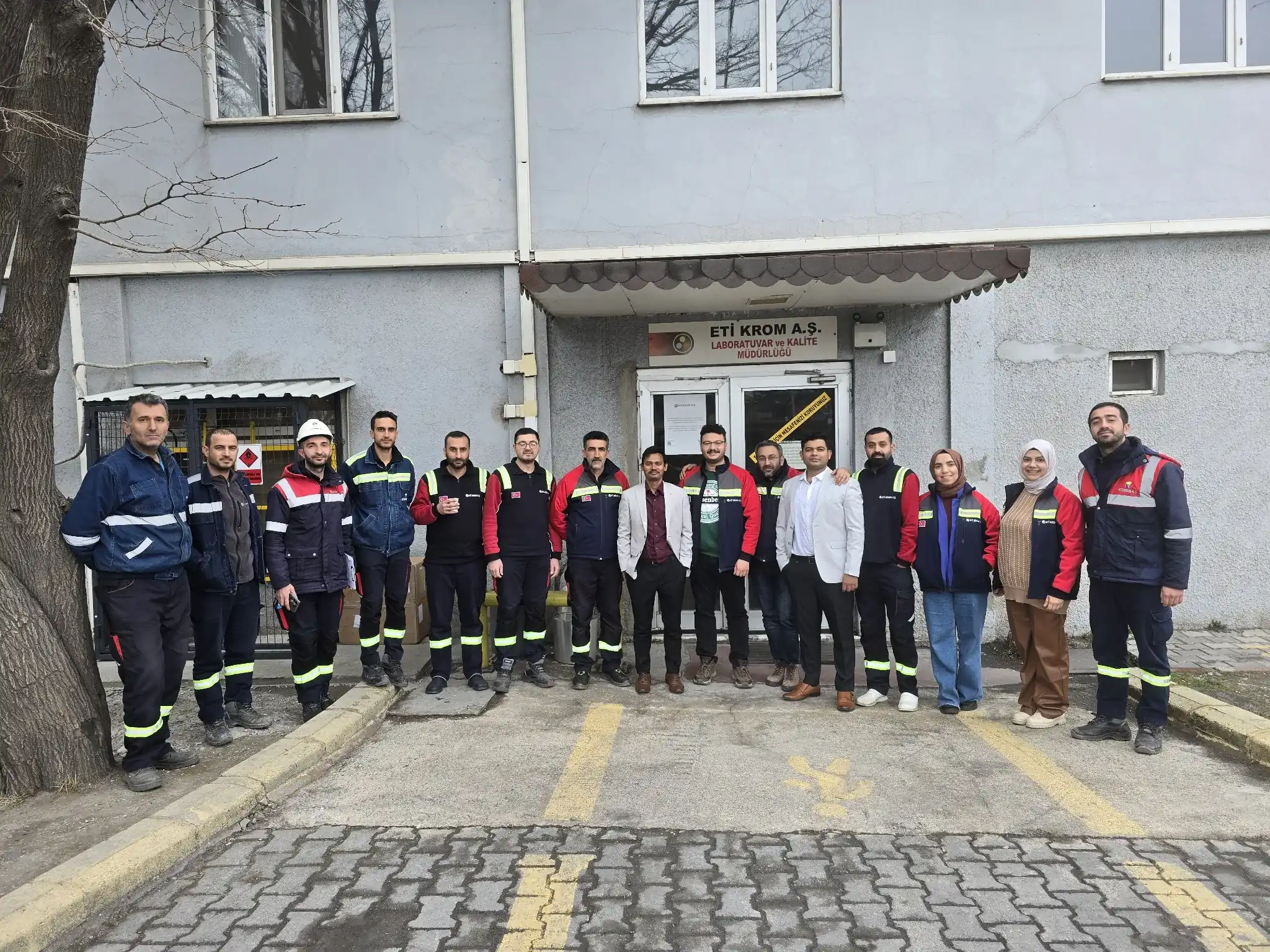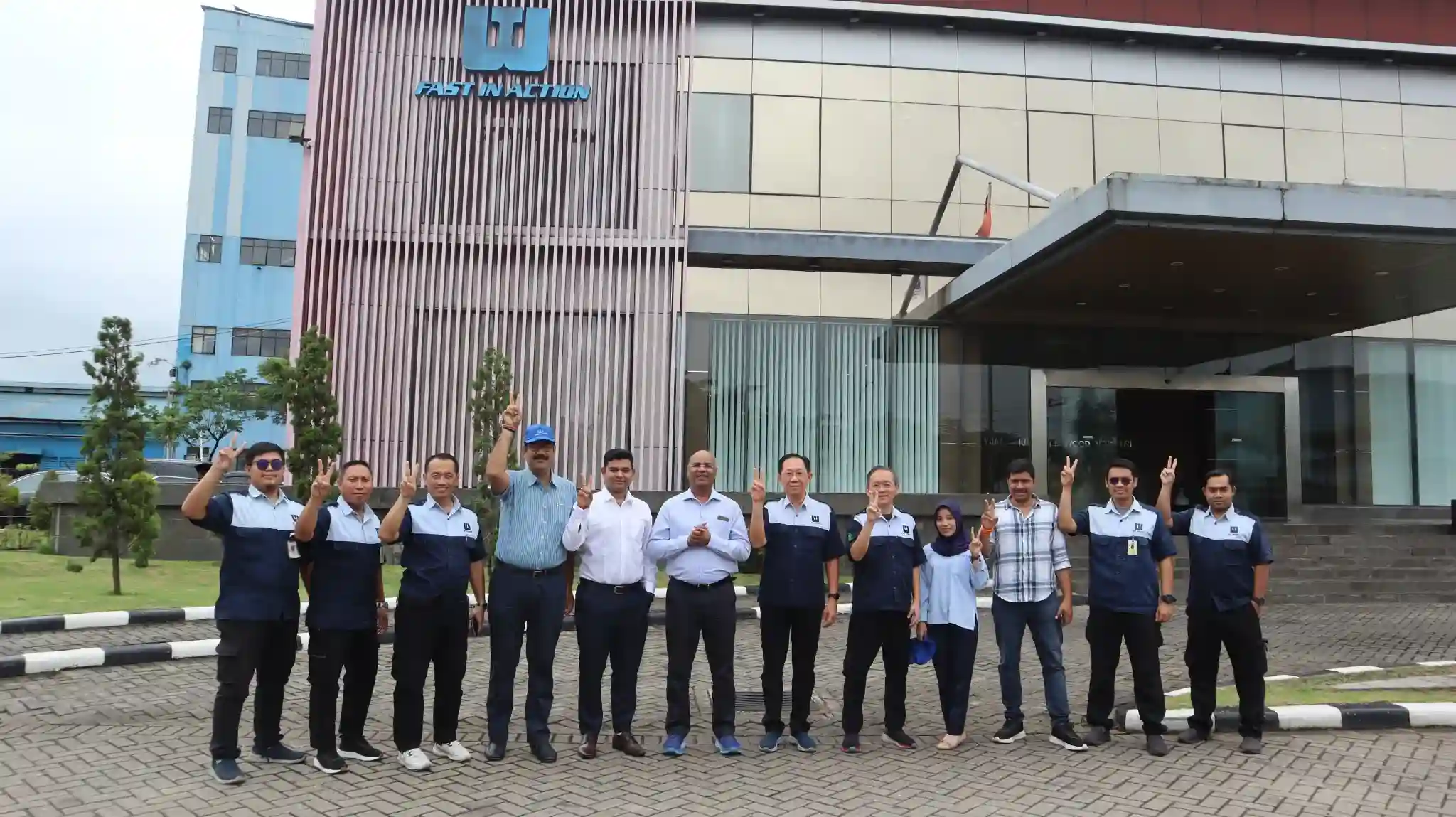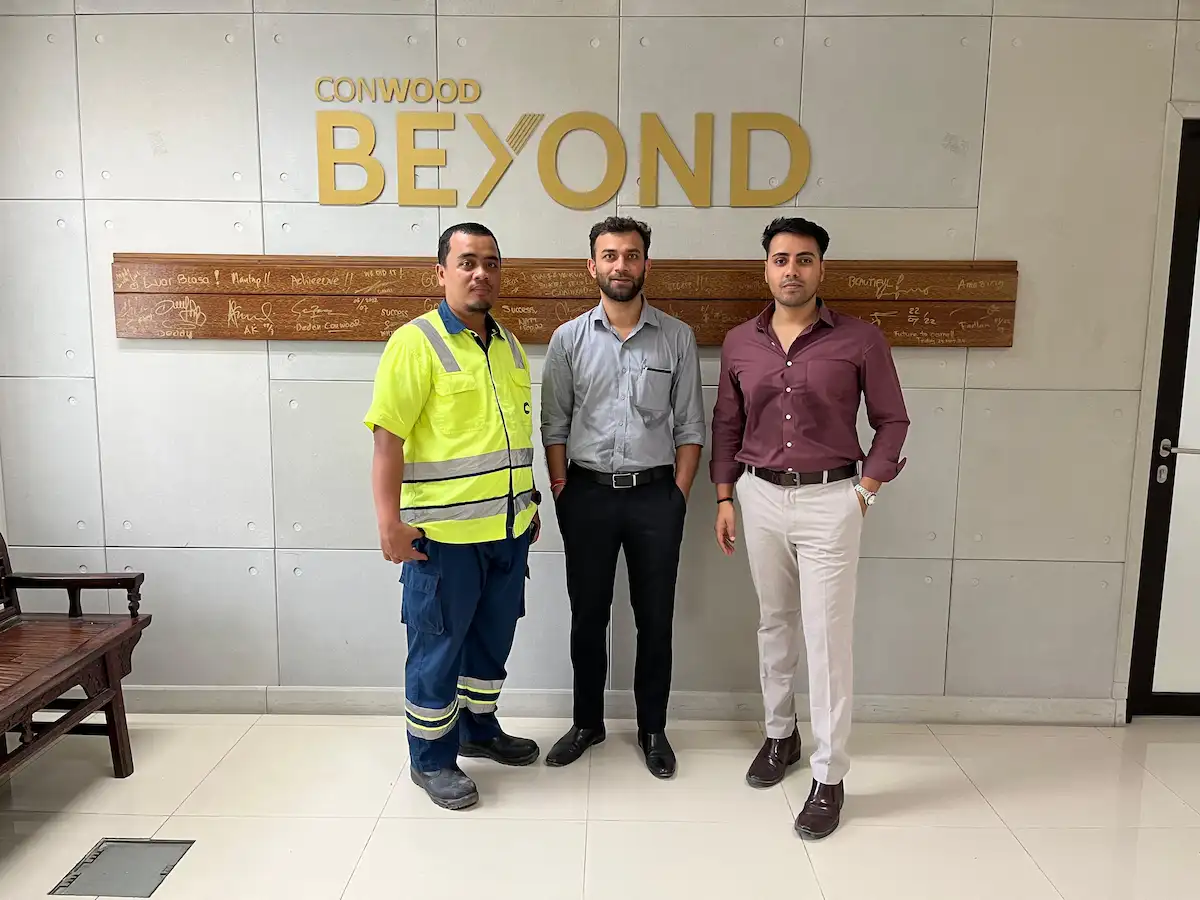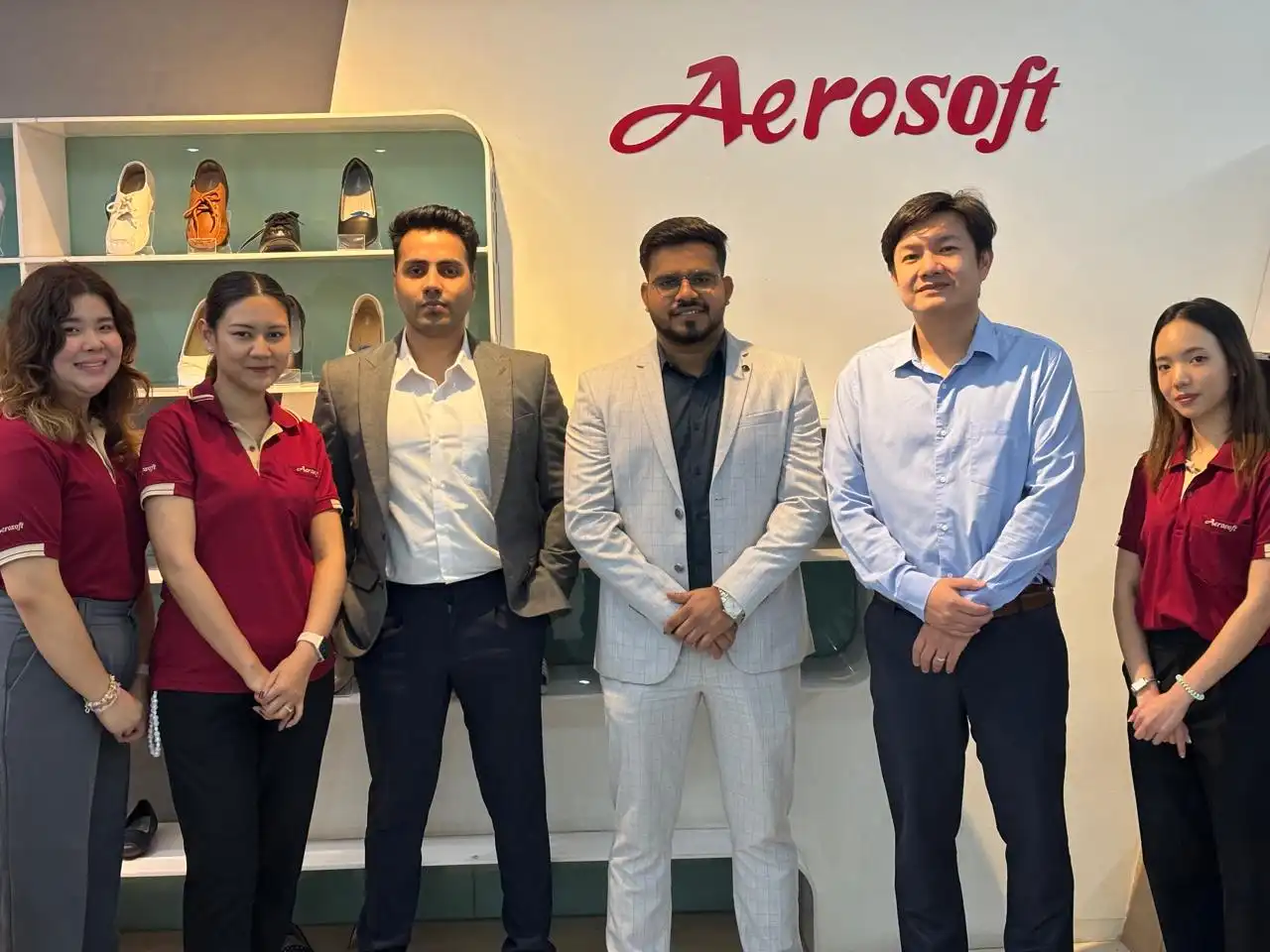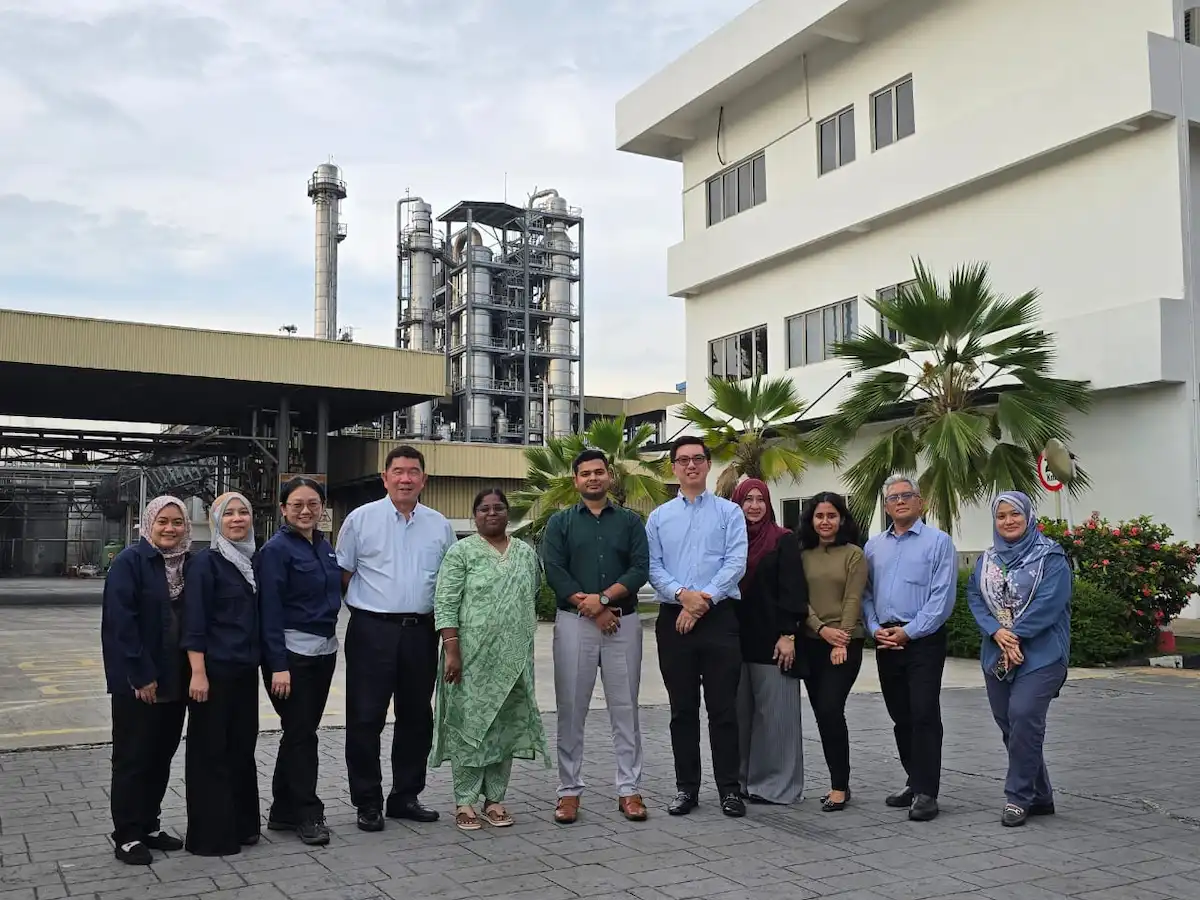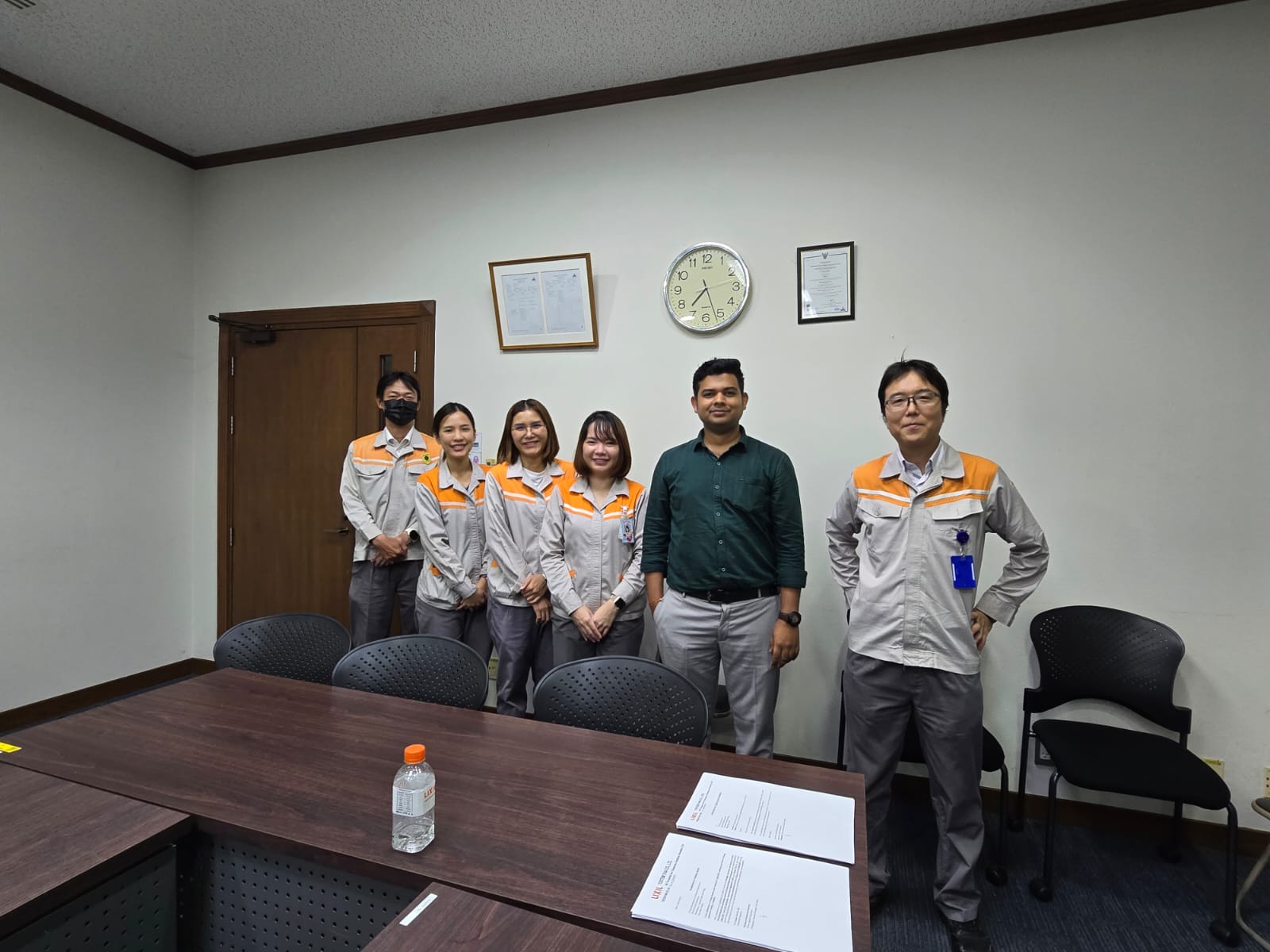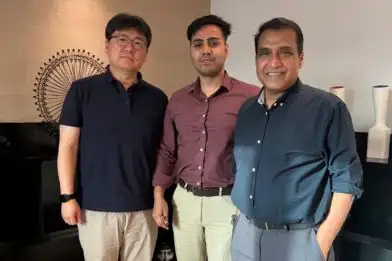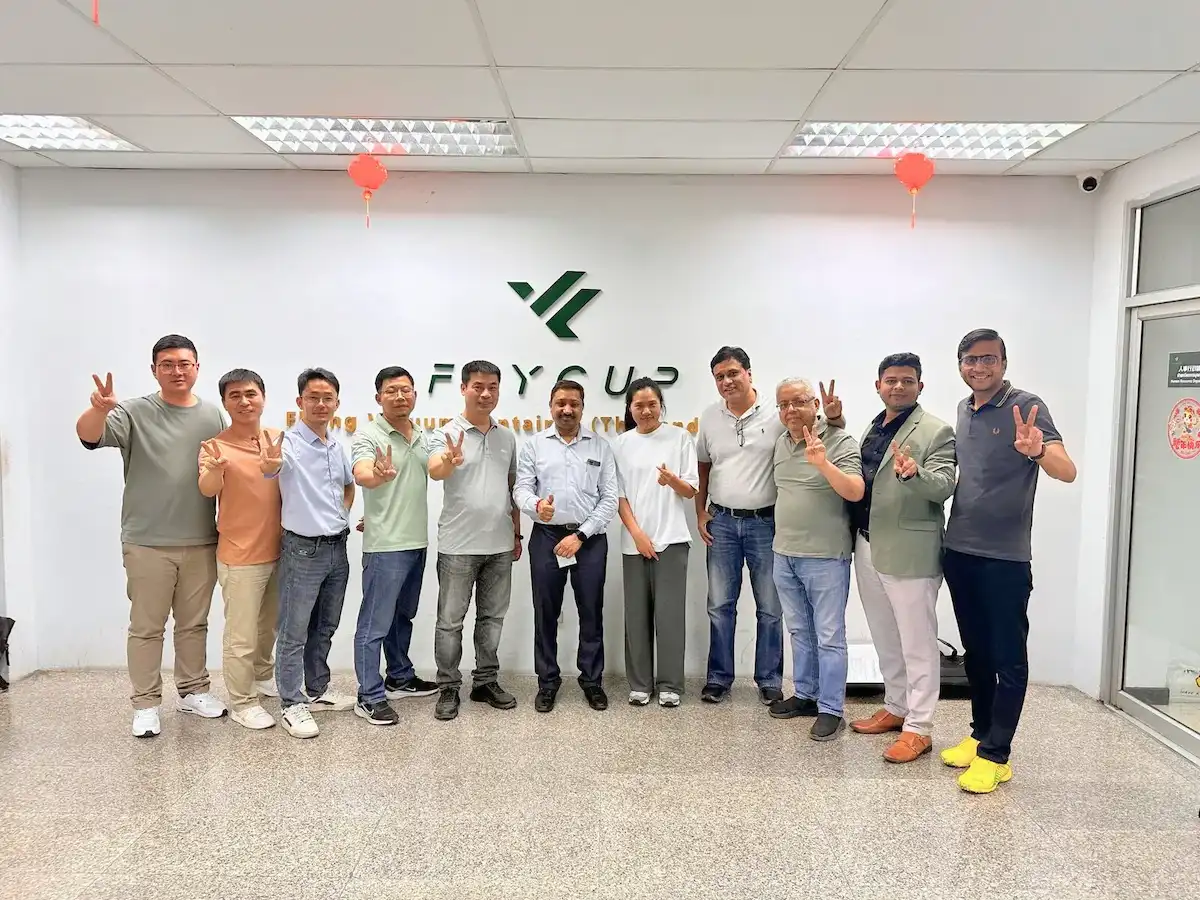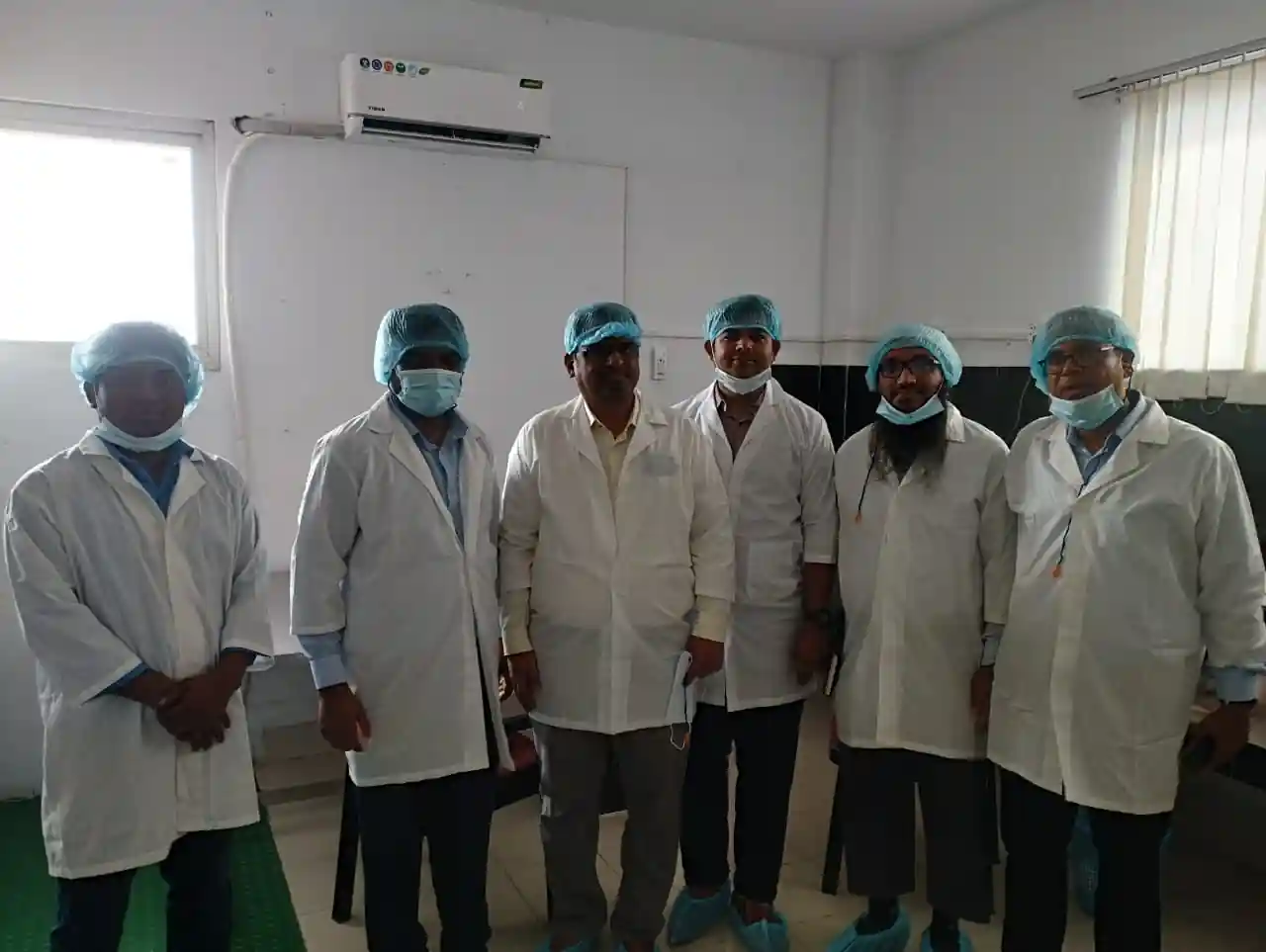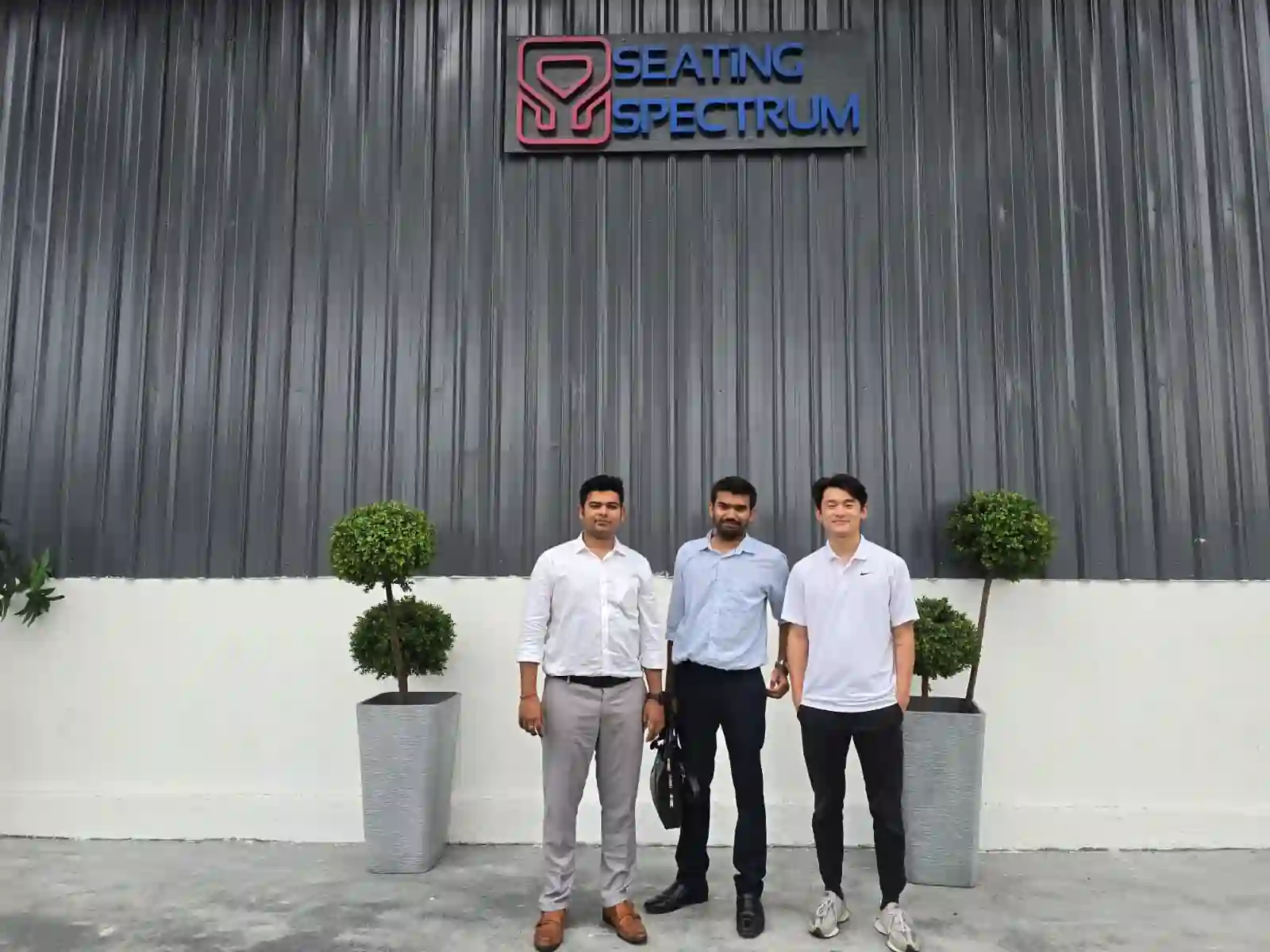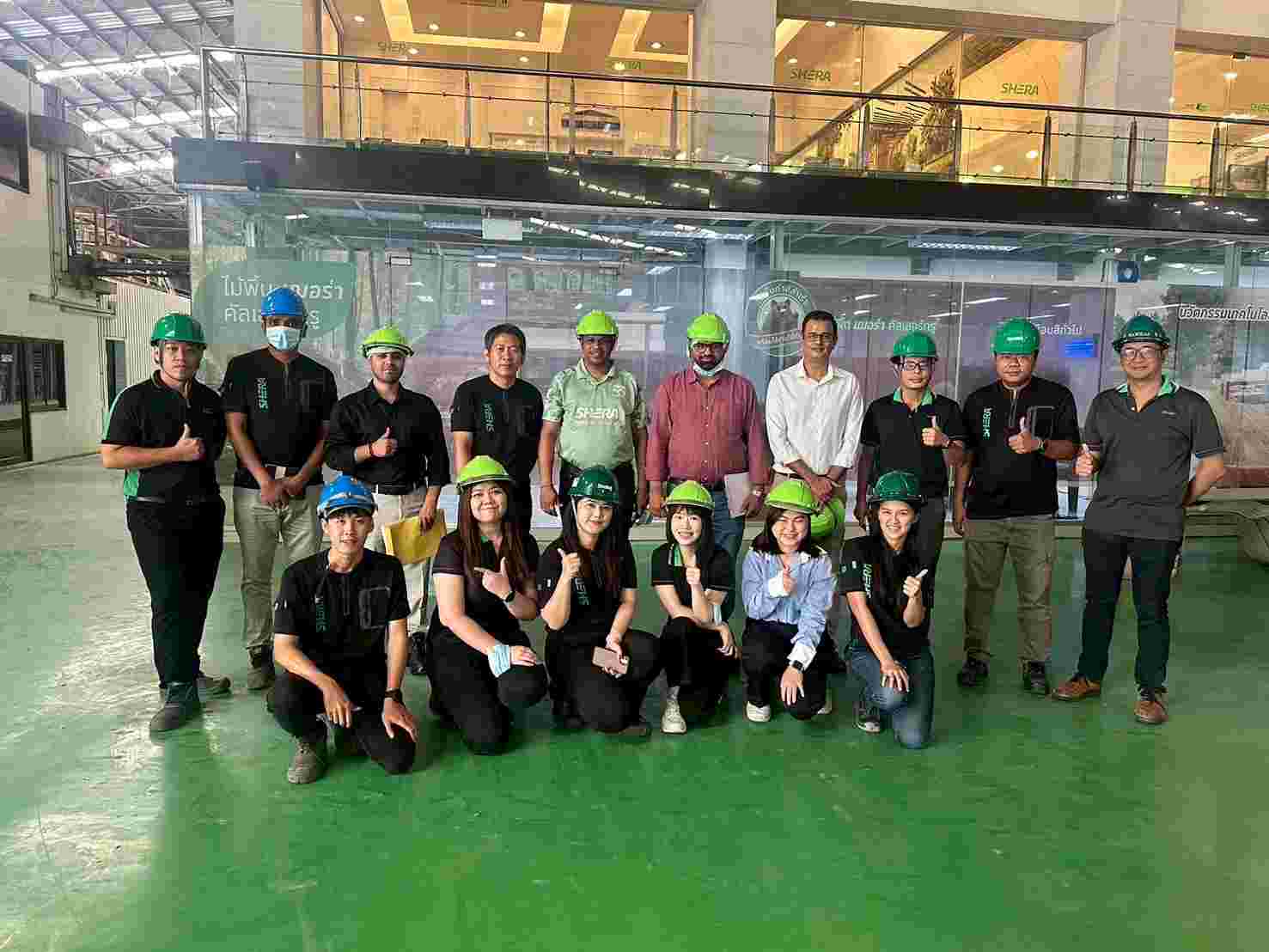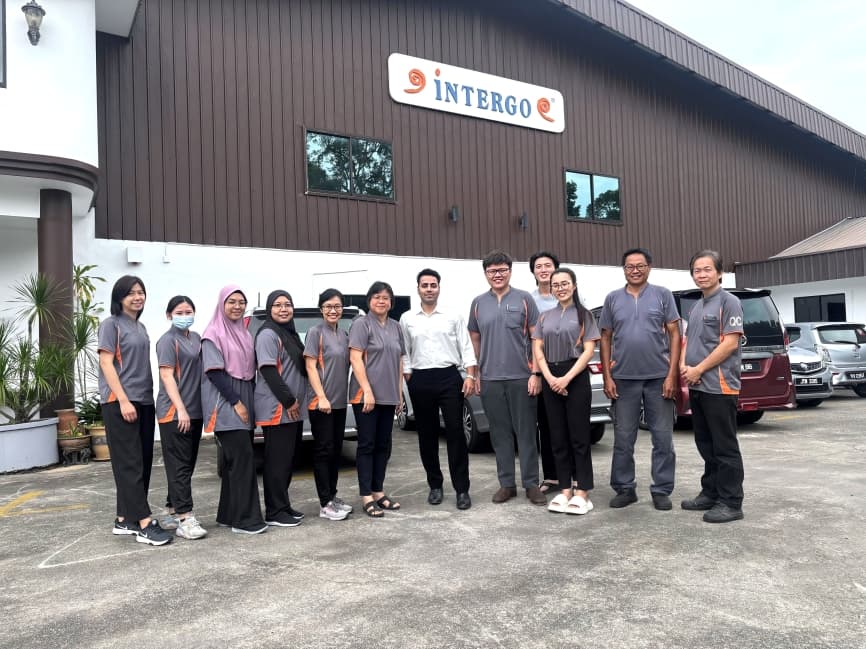Get A Quote
BIS Certification for Steels for Cold Heading/Cold Extrusion Application Part-1 Wrought carbon and low alloy steels IS 11169 (Part 1): 1984
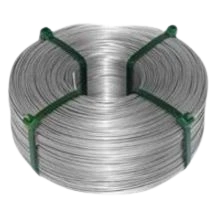
The BIS Certification for Steels Used in Cold Heading and Cold Extrusion Applications, specifically Part-1 Wrought Carbon and Low Alloy Steels IS 11169 (Part 1): 1984, ensures that steel products conform to established quality and safety standards. This certification confirms adherence to Indian regulations regarding the mechanical properties, composition, and performance of the materials.
Achieving this certification instills confidence in manufacturers and consumers regarding the steel’s reliability, strength, and durability in industrial applications, thus being essential for businesses operating within this sector.
Introduction
The BIS
Certification for Steels Used in Cold Heading and Cold Extrusion Applications,
specifically IS 11169 (Part 1): 1984, is crucial for ensuring that steel
products adhere to the established standards of quality, safety, and
performance in these applications. Under the Steel & Steel Products
(Quality Control) Order, 2024, this certification confirms that the steels meet
specific chemical and mechanical properties, thus enhancing product reliability
and consistency. Attaining BIS certification enables manufacturers to guarantee
that their products comply with industry standards, thereby enhancing their
credibility and acceptance in the market.
Why is BIS Certification necessary for Steels for
Cold Heading/Cold extrusion application Part-1 Wrought carbon and low alloy
steels IS 11169 (Part 1): 1984?
The Bureau of
Indian Standards (BIS) certification for steels utilized in cold heading and
cold extrusion processes is essential for ensuring product quality, safety, and
performance. For Wrought Carbon and Low Alloy Steels, the BIS certification, as
stipulated in IS 11169 (Part 1): 1984, confirms that the materials adhere to
national standards regarding strength, durability, and reliability. This
certification assists manufacturers and suppliers in demonstrating compliance
with industry regulations, thereby enhancing customer trust and broadening
market opportunities. Securing BIS Certification for Steels for Cold
Heading/Cold Extrusion Application Part-1 Wrought Carbon and Low Alloy Steels
IS 11169 (Part 1): 1984 ensures product consistency and adherence to required
specifications for high-performance applications.
Overview of Indian
Standard IS 11169 ( Part 1): 1984
The Indian Standard
IS 11169 (Part 1): 1984 delineates the specifications for carbon and low alloy
steels intended for applications involving cold heading or cold extrusion. This
standard prioritizes the mechanical properties, chemical composition, and
overall quality of steels employed in the production of cold-formed components.
It provides detailed specifications to ascertain that the materials fulfill the
requisite performance criteria for cold heading or cold extrusion. BIS Certification
for Steels for Cold Heading/Cold Extrusion Application Part-1: Wrought Carbon
and Low Alloy Steels IS 11169 (Part 1): 1984 confirms that manufacturers adhere
to established safety, quality, and performance benchmarks for these
specialized materials.
Process for BIS Certification
The BIS certification process for Steels for Cold Heading/Cold
Extrusion Application Part-1 Wrought carbon and low alloy steels IS 11169 (Part
1): 1984 involves multiple steps designed to thoroughly evaluate a product's
compliance with the required standards. Here is a general overview of the
certification process:
1. Application Submission:
Manufacturers must submit an application form along with the required
documentation to BIS.
2. Documentation Review: BIS
reviews the submitted documents to ensure completeness and correctness.
3. Factory Inspection: BIS
officials conduct an on-site inspection of the manufacturing facility to assess
the production process and quality control measures.
4. Sample Testing: Product samples
are taken and tested in BIS-approved laboratories to verify compliance with
Indian standards.
5. Certification Grant: Upon
successful completion of the inspection and testing, BIS grants certification,
allowing the manufacturer to use the BIS mark on their products.
Documents Required for BIS Certification
To apply for BIS certification, manufacturers need to submit the following documents:
● Application form
● Manufacturing process details
● Quality control plan
● Test reports from BIS-approved laboratories
● Factory layout and equipment details
● Proof of business registration
● Product specifications and technical details
● Declaration of conformity to Indian standards
Additionally, manufacturers may be required to provide proof of compliance with environmental and safety regulations, depending on the specific type of product being certified.
BIS ISI Mark Certification Costing And Timeline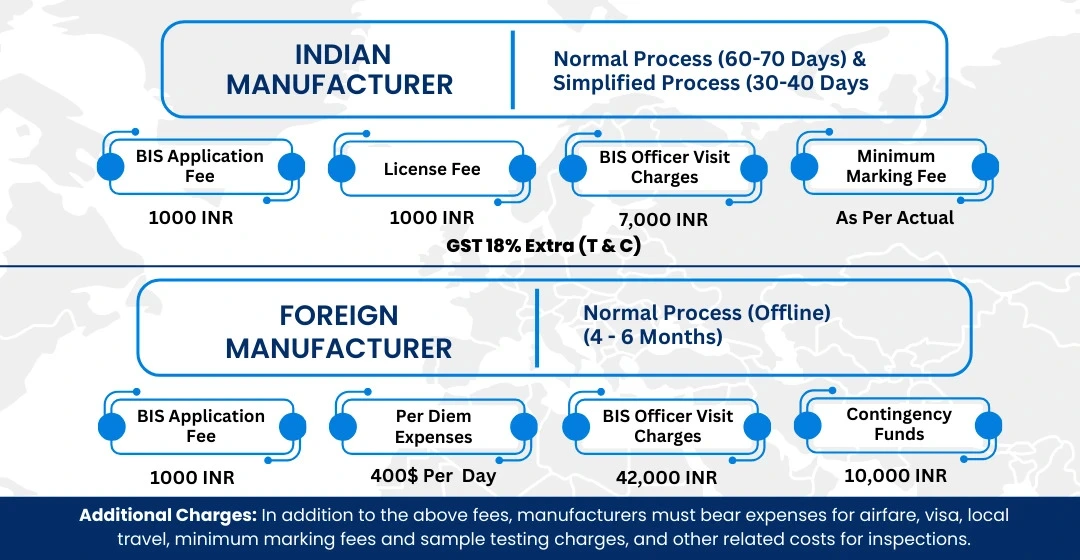
To Know The Process in Detail, Please Visit:
Under BIS Registration Products ISI and CRS
Conclusion
In conclusion,
acquiring BIS Certification for Steels intended for Cold Heading/Cold Extrusion
Applications—specifically Part 1: Wrought Carbon and Low Alloy Steels IS 11169
(Part 1): 1984—assures that steel products comply with rigorous quality and
safety standards, thereby enhancing manufacturers' credibility and regulatory
compliance in the industry. This certification cultivates trust among customers
and regulatory authorities, confirming the reliability of products used in cold
heading and cold extrusion processes. With EVTL India's proficiency in BIS
certification, businesses can adeptly navigate the complexities associated with
the certification process, ensuring adherence to the necessary specifications
and securing the requisite approvals. As experts in BIS certification
consultancy, EVTL India provides comprehensive support to manufacturers
aspiring for compliance with IS 11169 (Part 1): 1984, enabling them to
concentrate on their core operations while upholding high production quality
standards. Rely on EVTL India for efficient and effective guidance throughout
your certification journey.
Free Call Back
Latest News & Update
📅 BIS Critical Component List (CCL) Updates for Solar PV Modules
🕒 BIS Fee Concessions for MSMEs and Startups | EVTL India
📅 Guidelines for Implementation of Essential Requirements for Security of CCTV
🕒 Omnibus Technical Regulation (OTR) Amendment Order, 2025
🕒 Extension of Timeline for Filing Annual Returns by Battery Producers
📅 Extension of Timeline for Filing Quarterly and Annual Returns for E-Waste
🕒 Extension of Concurrent Running Period for IS 302-1: 2008 and IS 302 (Part 1): 2024
🕒 BIS Guidelines for Grant of Licence (GoL) | EVTL India
📅 CPCB Guidance on filing of Application, Fees and more
🕒 CPCB Notification on Labelling of Plastic Packaging
📅 Mandatory Compliance for Input Materials of Steel and Steel Products for Imports
🕒 BIS Guidelines for Scheme-X Certification for OTR-Regulated Products
📅 BIS Upgrades Product Certification License Numbers to 10-Digit Series
🕒 BIS Certification No Longer Mandatory for 14 Chemical & Polymer Categories
Why Choose EVTL INDIA
Expertise in Indian Regulatory Standards
End-to-End Support
Trusted by Top Indian & Global Brands
Fast Processing & Transparent Pricing
Strong Liaison with Indian Authorities
Company Profile